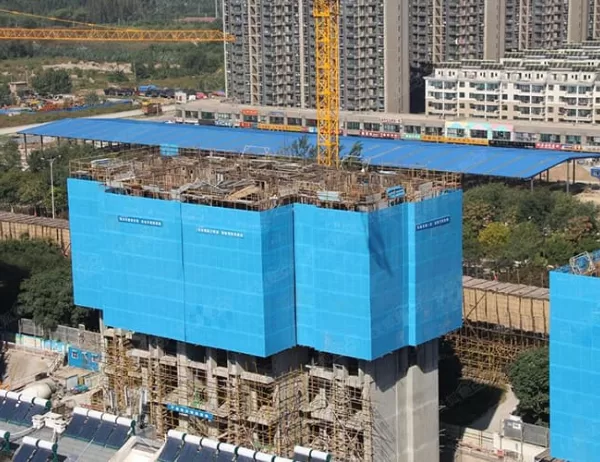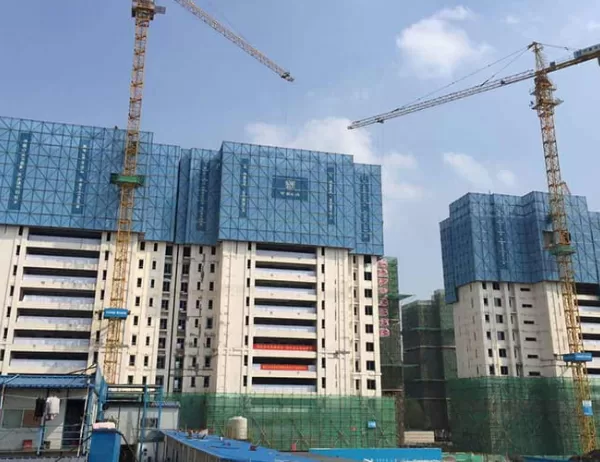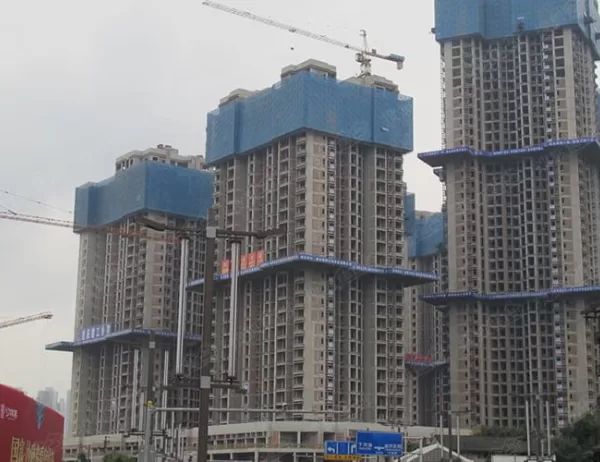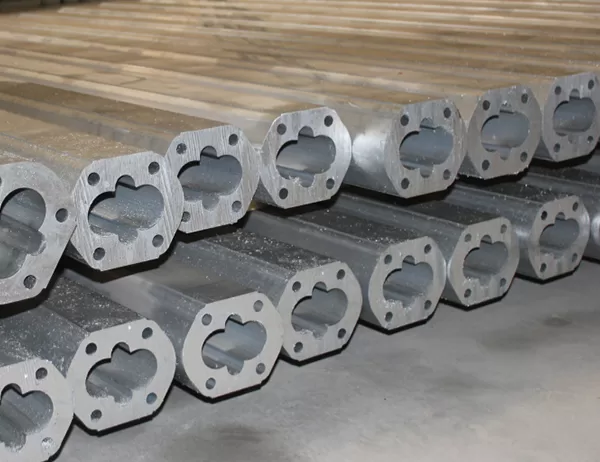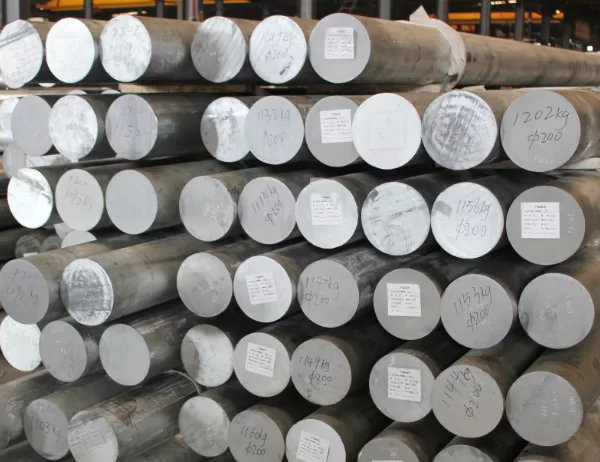Introduction:
In the realm of construction, the advancement of technology has ushered in a new era of innovation, and aluminum shuttering stands as a testament to this transformative evolution. As we look towards the future, the industry is poised for further advancements, promising to revolutionize the way we build.
Lightweight and Sustainable:
Aluminum shuttering, with its inherent lightness and durability, has become the preferred choice for construction professionals seeking to reduce weight and environmental impact. Its malleability allows for intricate designs, resulting in aesthetically pleasing structures.
Increased Productivity:
Advanced systems and automation in aluminum shuttering streamline construction processes, significantly increasing productivity. Rapid assembly and disassembly minimize labor costs, while improved ergonomics reduce worker fatigue.
Improved Safety:
Aluminum shuttering offers enhanced safety features compared to traditional materials. Its non-combustible nature and slip-resistant surfaces minimize the risk of accidents.
Integration of Advanced Technologies:
The integration of IoT (Internet of Things) and BIM (Building Information Modeling) into aluminum shuttering systems provides real-time data monitoring. This enables contractors to optimize formwork design, predict potential issues, and improve safety.
Customization and Flexibility:
With modular designs and adjustable components, aluminum shuttering adapts to various construction requirements. This flexibility allows for customization to meet project-specific needs, saving time and reducing material waste.
Outlook:
The future of aluminum shuttering is bright, with continued advancements expected in:
Automated Formwork Systems: Deploying autonomous robots and drones to assist in formwork operations.
Sustainable Materials: Using recycled aluminum and biodegradable coatings to minimize environmental impact.
Smart Sensors: Integrating sensors into shuttering to monitor structural integrity and optimize formwork design.
Virtual Reality and Augmented Reality: Utilizing VR/AR technology for realistic planning and on-site visualization.
Conclusion:
The future of aluminum shuttering holds immense potential for the construction industry. Its lightweight, sustainable, and innovative nature, combined with cutting-edge technologies, promises to revolutionize construction practices. By embracing these advancements, we can create safer, more efficient, and aesthetically pleasing structures for generations to come.
